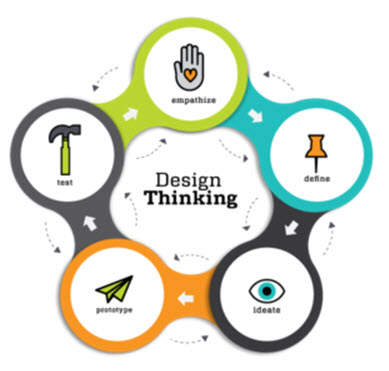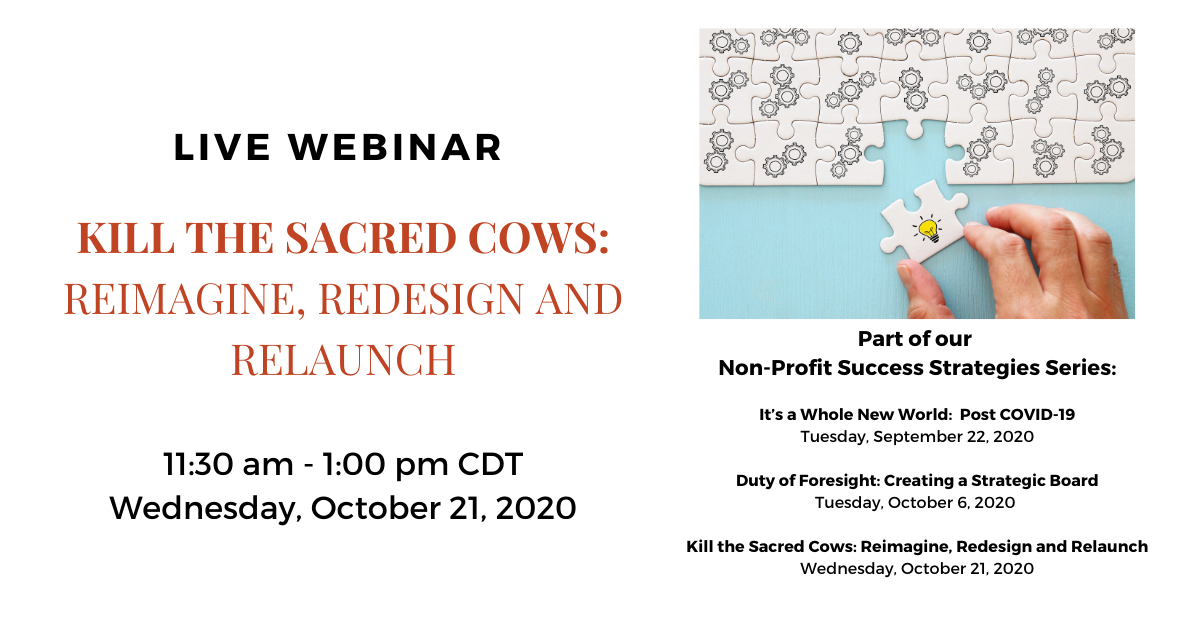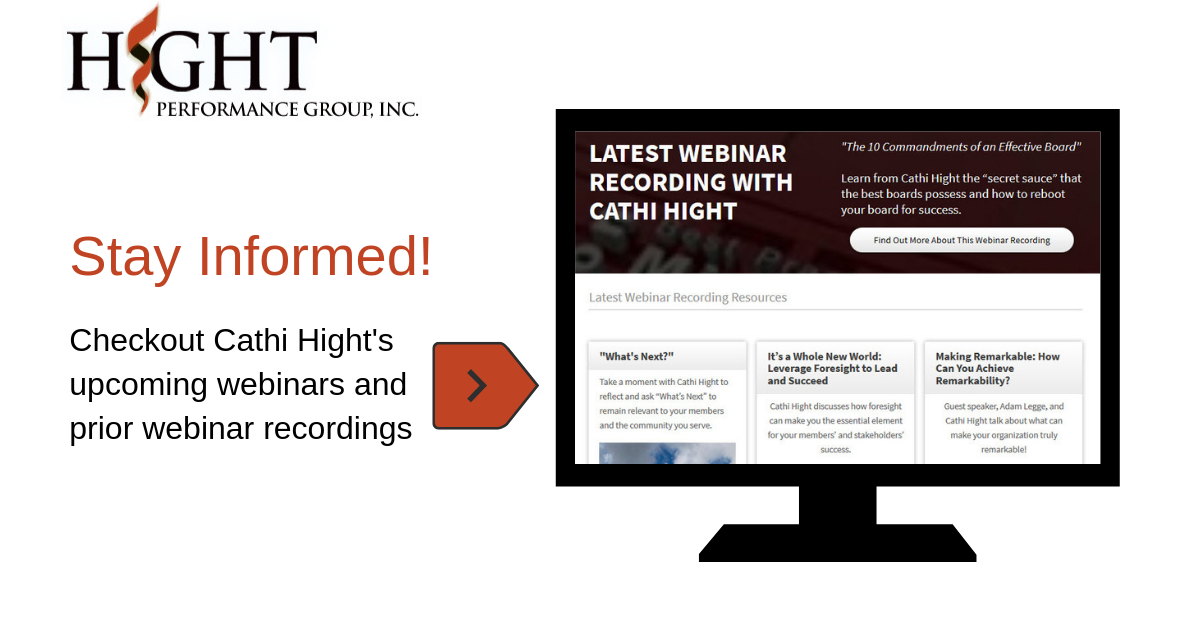You have designed a new logo, are proud of your website and homepage banner image, and share a beautiful annual report. You market membership and programs endlessly and are frustrated when members and prospects don’t see the value. Everything you have designed seems perfect. But design thinking isn’t about design, it’s about thinking.
Design thinking pushes us to focus on people—the users or customers we are creating for and it is more than an image or product. Design is how we balance our mission, audience, and content. Design is for the user experience. How can you use design thinking to compel others to support your mission, improve customer experiences, and help your team to work smarter?
5 Steps to Use Design Thinking to Provide Value
Value is always seen through the eyes of the customer. Even though you know your organization is working on the right initiatives, solving critical challenges, and being there to serve members, industries and communities, your messages don’t always resonate. Design thinking gives you a proven approach to communicate and engage using insights about your different audiences.
Here’s the 5-steps to use design thinking to improve members’ and customers’ experiences with you:

1. Empathize —
Empathy involves more than listening. It’s about understanding the feelings of others and what it is like to experience their challenges. You can learn what it’s like to “walk a mile in their shoes” by:
a. Asking members about their biggest fears, challenges and hopes. Find out what their motivations are for engaging with your organization and ask them to describe what meaningful engagement looks like. You can do this through surveys, interviews, focus groups or in conversations.
b. Segmenting feedback by functional role, industry category, age, or other factors. You want to find commonalities so you under your different audiences.
2. Define — Synthesize the feedback into concise problem statements that help you hone in on what each audience expects you to address. Here are some sample questions that can help you write the problem statements:
- What problems do they want us to solve?
- Why is this problem so important to them?
- What are their goals or aspirations?
- What is their motivation to engage with us?
- How do know if we’ve solved their problem?
3. Ideate — This is the fun part of the design process! It’s where you and your team imagine or realize potential solutions for each of your audiences. Don’t be afraid to challenge known assumptions, change your perceptions, play Devil’s Advocate, or break the problem into smaller, more addressable pieces.
4. Prototype — You don’t need to build out the whole solution before trying it out. A prototype is a sample that is tested with a small group of your intended audience. You can use a prototype for a new member onboarding program to increase early engagement over the next 3 months. Try a targeted sales campaign using social media or automated emails with a prospect list. Offer a webinar that’s specifically targeted to an audience with appropriate messaging. Post a blog post with links and track click-throughs.
5. Test — If you’re familiar with Agile thinking, this process feels familiar. You test the prototype, gather feedback, tweak the prototype, and test again. Be willing to change what you’re doing based on the data until you get it right. Testing isn’t the end of the process — it’s a new beginning to learn more about your customers, validate their problems and generate new solutions to carry your organization forward.
Design thinking can help you to develop targeted recruiting campaigns, customized content and engagement journey maps, and create dynamic experiences that deliver on customer expectations.
Are you interested in using customer-centric approaches to be more effective? Start first by developing member personas to define key attributes of your key segments. Then, explore how other associations use design thinking and user experiences to communicate more effectively and create content delivery that is targeted and a more efficient use of staff time.
Cathi Hight helps organizations manage constant change, develop customer-loyalty and “work smarter, not harder”. She is an organizational development consultant and president of Hight Performance Group and the developer of The Member Retention Kit, A New Approach to Tiered Membership and the Work Smarter, Not Harder program. Learn more at www.hightperformance.com.


